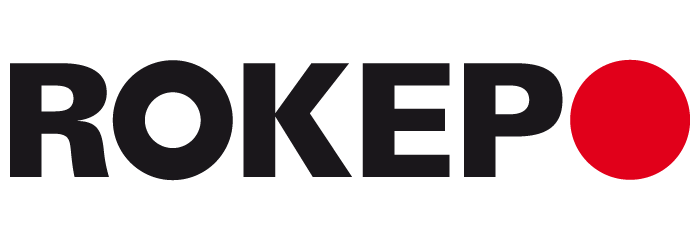Content
There is always interest on notes payable, which needs to be recorded separately. In this example, there is a 6% interest rate, which is paid quarterly to the bank. There are other instances when notes payable or a promissory note can be issued, depending on the type of business you have. The company should also disclose pertinent information for the amounts owed on the notes. This will include the interest rates, maturity dates, collateral pledged, limitations imposed by the creditor, etc. A discount on a note payable is the difference between the face value and the discounted value at issuance.
If you’re looking for accounting software that can help you better track your business expenses and better track notes payable, be sure to check out The Ascent’s accounting software reviews. For example, on October 1, 2020, the company ABC Ltd. signs a $100,000, 10%, 6-month note is notes payable an asset that matures on March 31, 2021, to borrow the $100,000 money from the bank to meet its short-term financing needs. The company ABC receives the money on the signing date and as agreed in the note, it is required to back both principal and interest at the end of the note maturity.
Notes payable vs. accounts payable: What’s the difference?
Notes payables indicate a financial obligation to repay the borrowed funds to the lender. This obligation creates a liability, as the company is expected to use its economic benefits such as cash and cash equivalents to fulfil this debt obligation. Current assets are recorded on the balance sheet, and they appear under the assets section. This blog post is all about notes payable, current assets, and why aren’t notes payable a current asset.
Strong procure-to-pay (P2P) management helps companies keep a rein on spending and creates an audit trail and a business case for every purchase. Procurement software can build these guardrails into the ordering process so your stakeholders can get what they need without overspending. LTNP funding allows businesses to plan beyond day-to-day operations and fund innovation and growth. Using LTNP credit, you improve everyday control while building products and features to increase future revenue.
3 Accounts and notes payable
With these notes, the borrower’s monthly payments only cover the interest. The borrower must guarantee to repay the principal balance when the loan is paid off. This demonstrates that each loan agreement must be represented on the balance sheet in Cash, payables, and interest payments. The interest must also be recorded with an extra $250 debit to the interest payable account and an adjusting cash entry in addition to these entries. Business owners can utilize promissory notes as a beneficial financial instrument to grow their company and as a form of investment.
The notes payable that are due within the next 12 months are current (short-term) liabilities while the notes payable that are due after one year are non-current (long-term) liabilities. In business, a party may purchase a piece of equipment on credit or borrow money from another party and make a formal promise to pay it back on a predetermined date. This formal promise is made in form of a promissory note which is issued to the lender, https://accounting-services.net/batch-level-activities-accountingtools/ by the borrower, assuring him or her of payment on a specific date. The company can make the notes payable journal entry by debiting the cash account and crediting the notes payable account on the date of receiving money after it signs the note agreement with its creditor. In accounting, Notes Payable is a general ledger liability account in which a company records the face amounts of the promissory notes that it has issued.
Notes Payable Issued to Bank
The principal is repaid annually over the life of the loan rather than all on the maturity date. The lender may require restrictive covenants as part of the note payable agreement, such as not paying dividends to investors while any part of the loan is still unpaid. If a covenant is breached, the lender has the right to call the loan, though it may waive the breach and continue to accept periodic debt payments from the borrower. The agreement may also require collateral, such as a company-owned building, or a guarantee by either an individual or another entity. Many notes payable require formal approval by a company’s board of directors before a lender will issue funds.
- As the interest expense incurs through the passage of time, this journal entry is necessary to recognize the interest expense of $2,500 that has incurred for 3 months from October 1, 2020 to December 31, 2020.
- Accounts payable is an obligation that a business owes to creditors for buying goods or services.
- Accounts payable is always found under current liabilities on your balance sheet, along with other short-term liabilities such as credit card payments.
- While these steps are possible using a manual process, the volume of accounts and invoices in most companies requires automation to fully realize savings and control.
- The promissory note is due on September 31, 2022, two years after the note’s original issue, which is dated October 1, 2020.
- This step includes reducing projections by the amount of payments made on principal, while also accounting for any new notes payable that may be added to the balance.
- The company owes $10,999 after this payment, which is $21,474 – $10,475.
This is because such an entry would overstate the acquisition cost of the equipment and subsequent depreciation charges and understate subsequent interest expense. If the item is purchased outright for cash, its price would have been $15,000. On 2 January 2019, Ng Corporation agreed to purchase a custom piece of equipment. To simplify the math, we will assume every month has 30 days and each year has 360 days. Double Entry Bookkeeping is here to provide you with free online information to help you learn and understand bookkeeping and introductory accounting.
